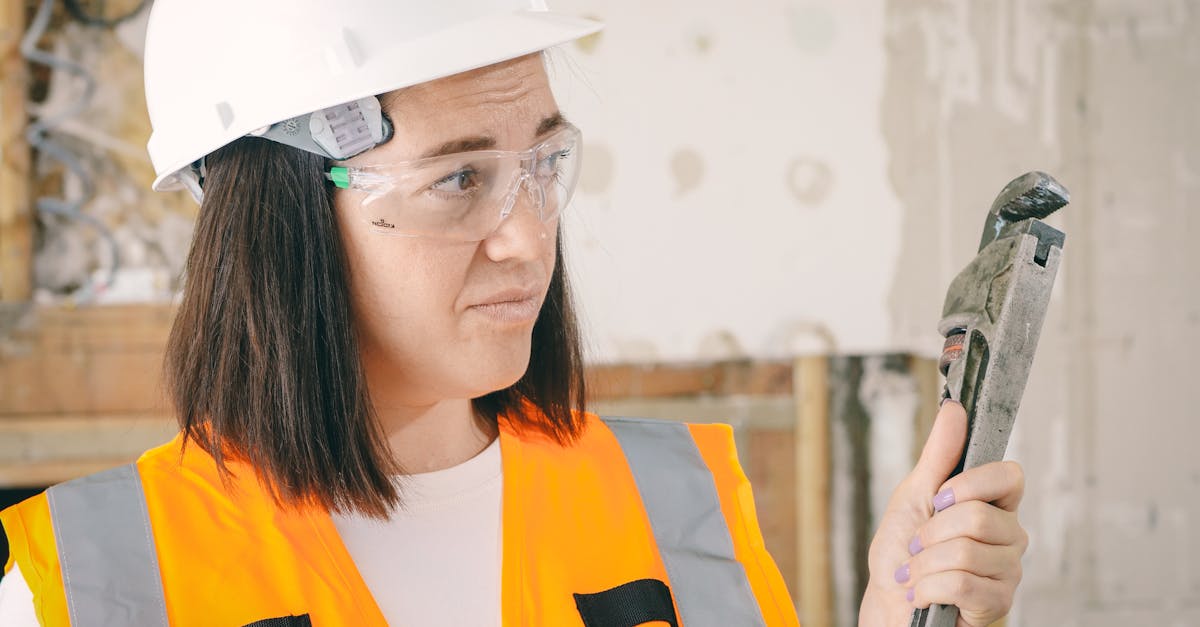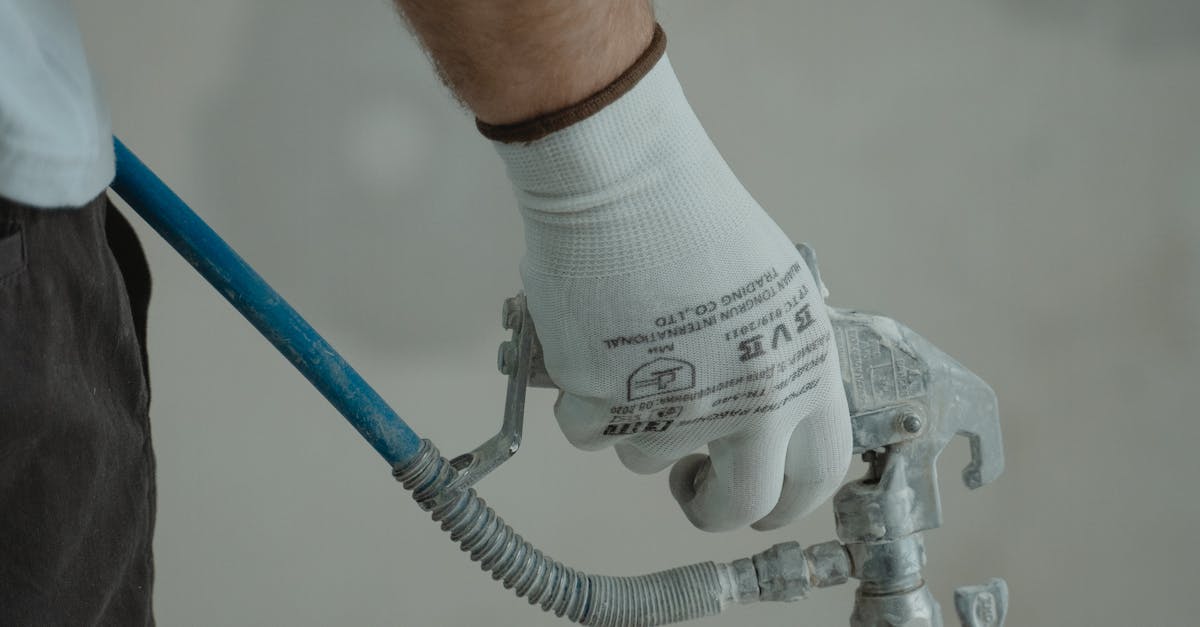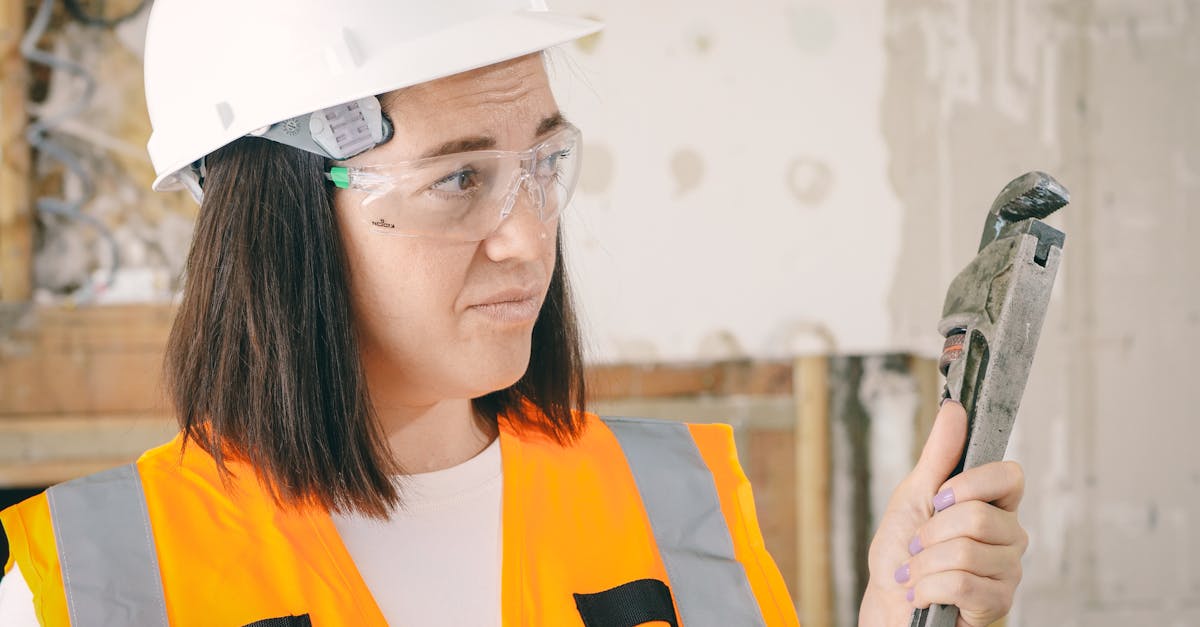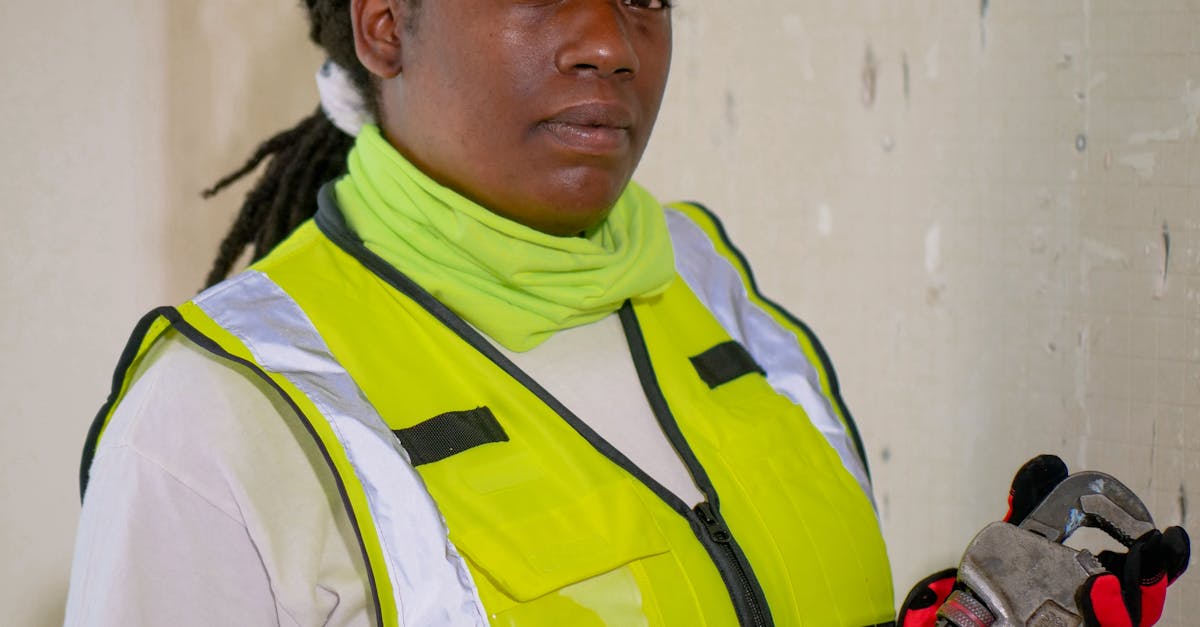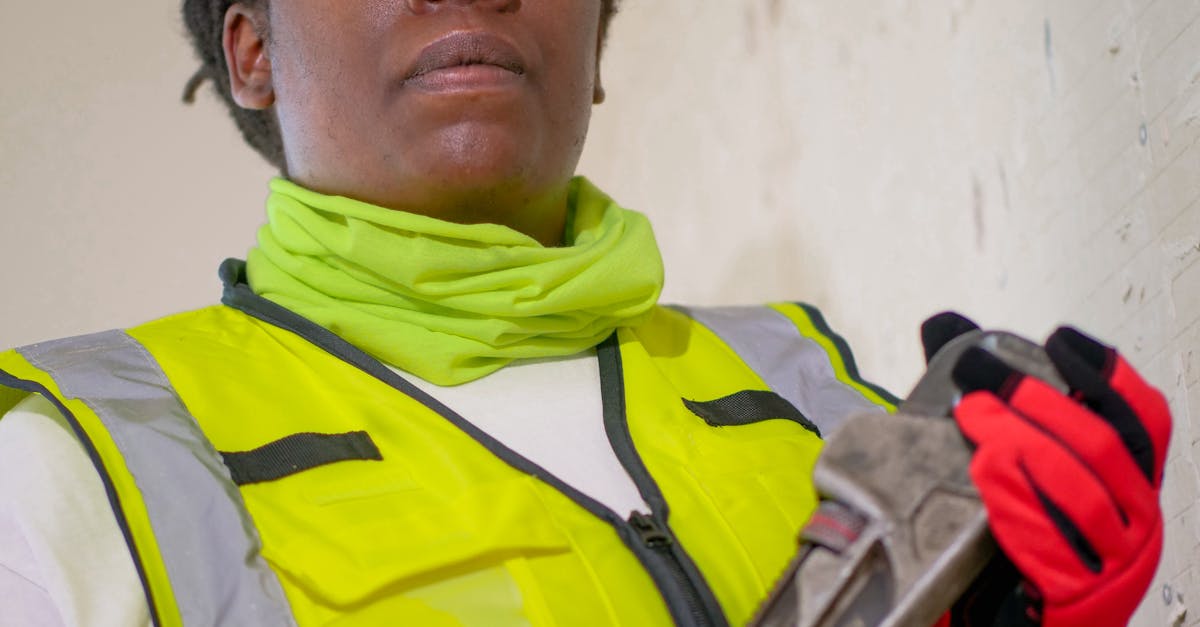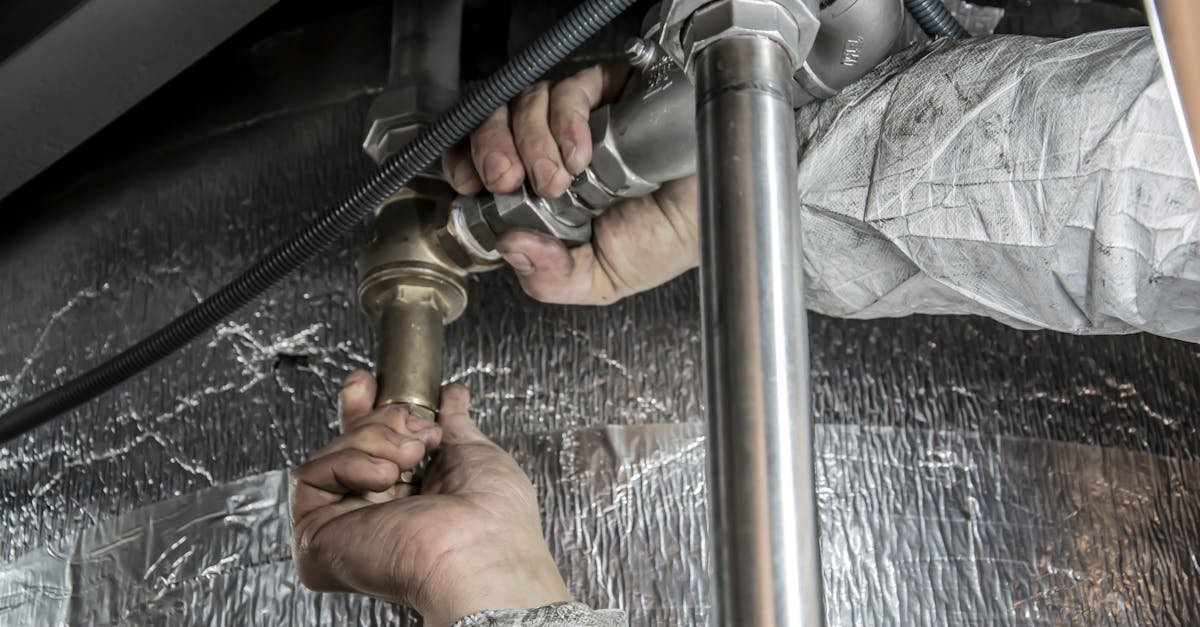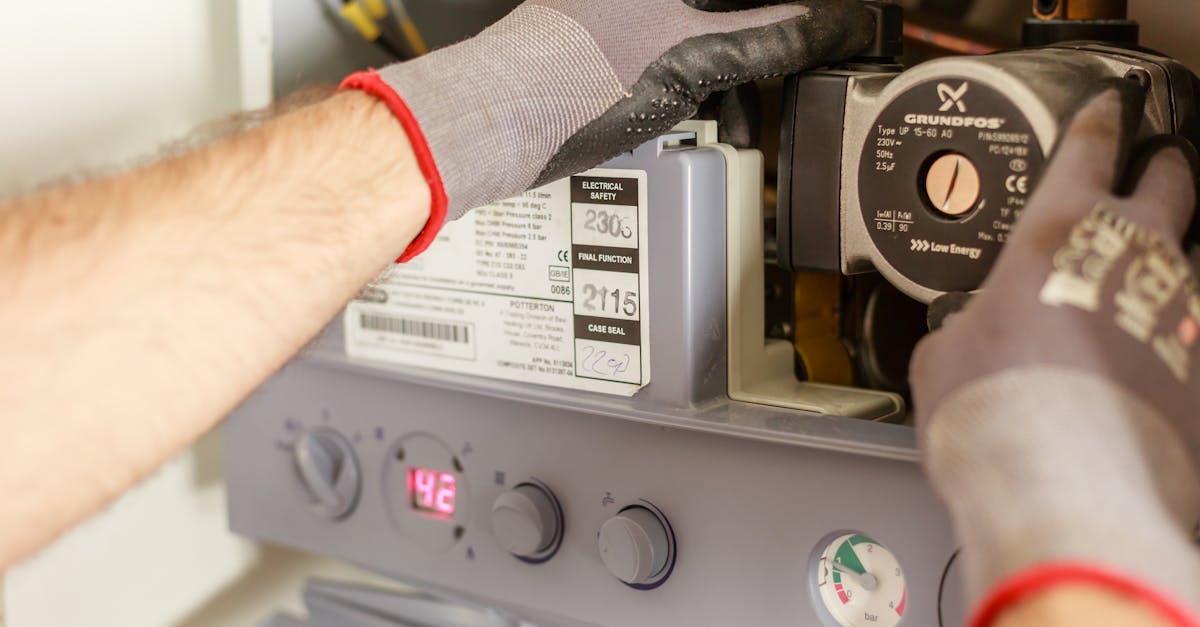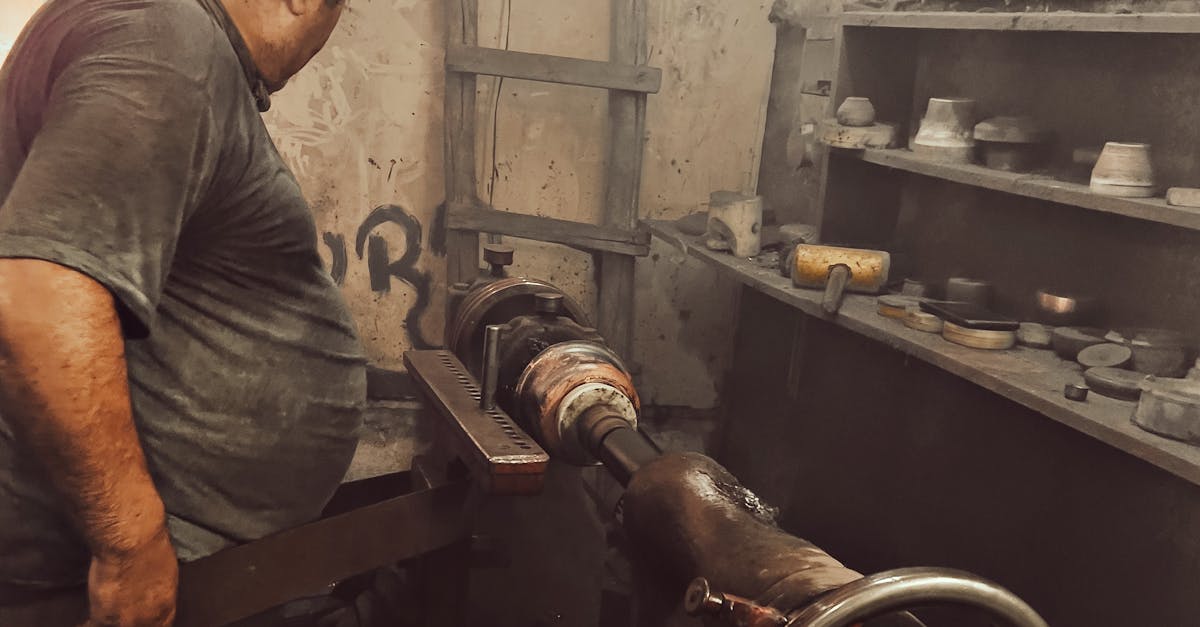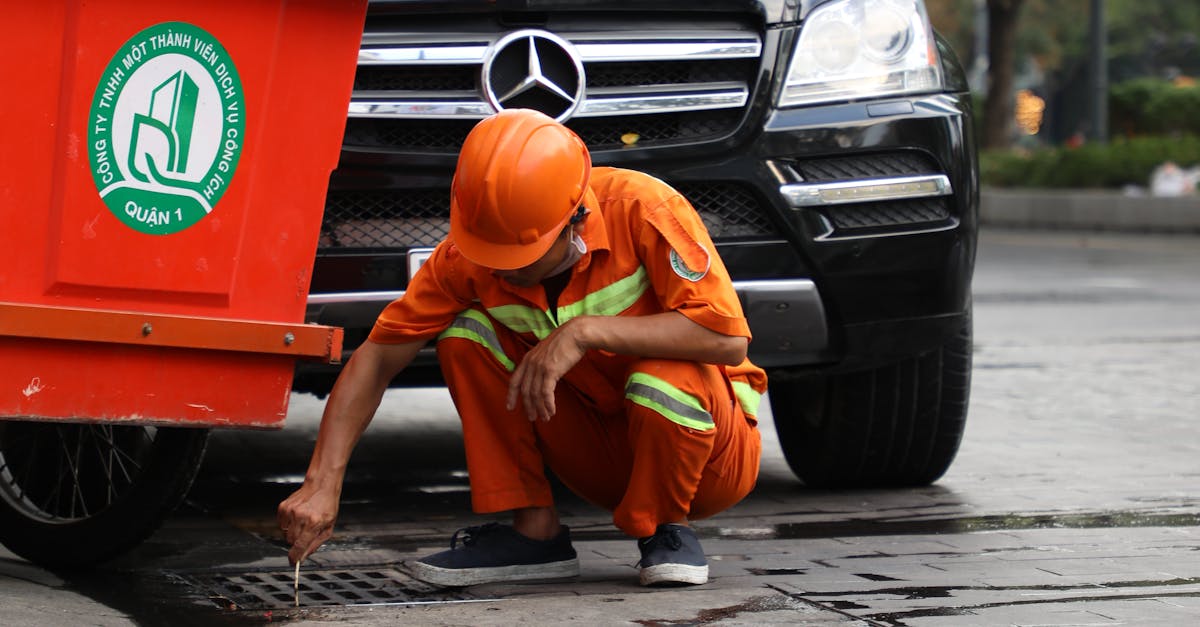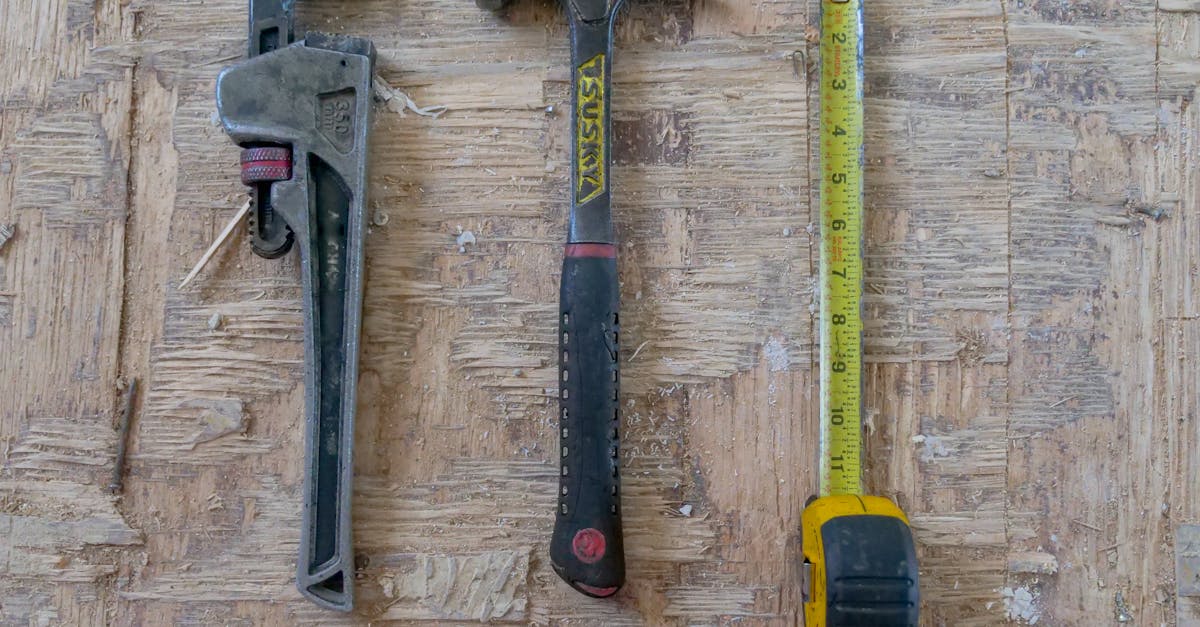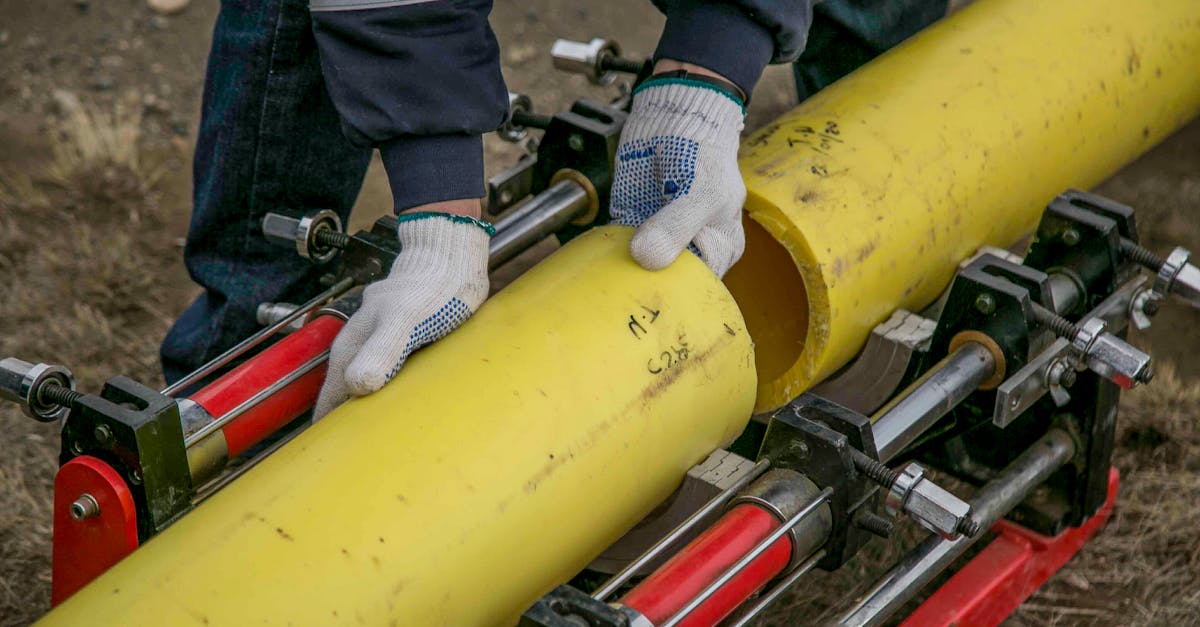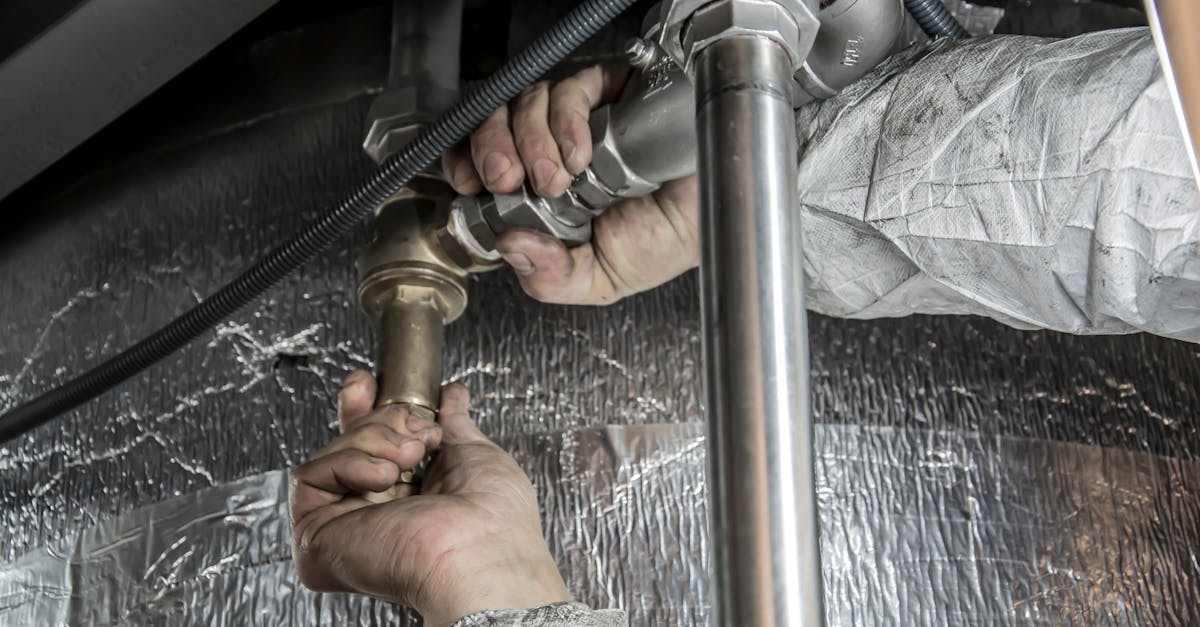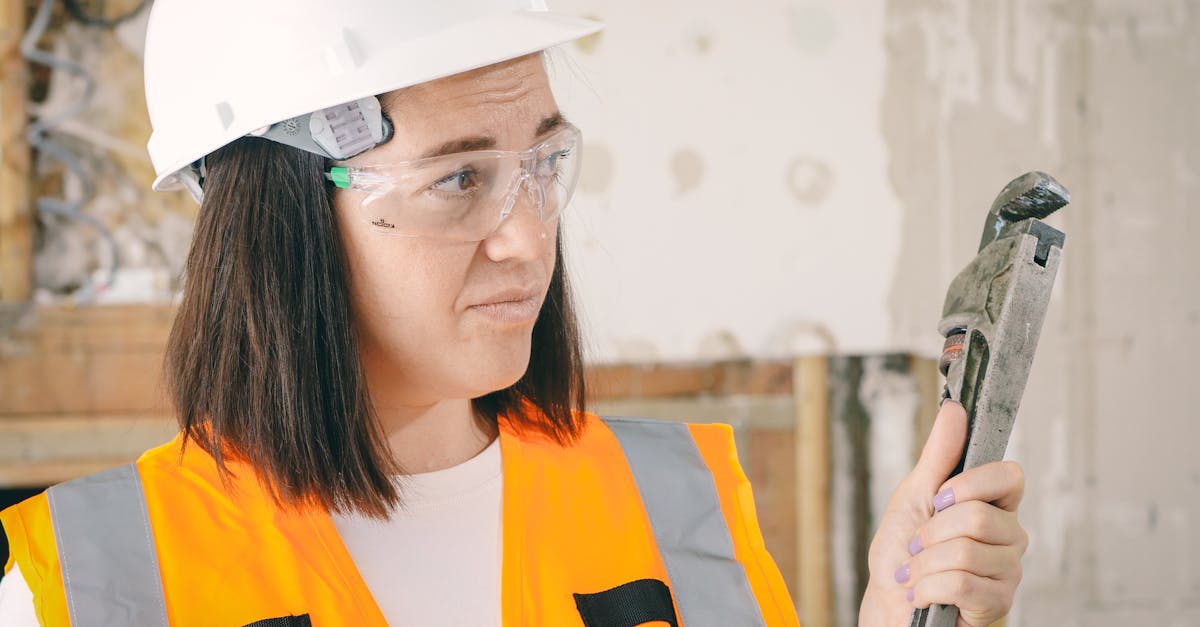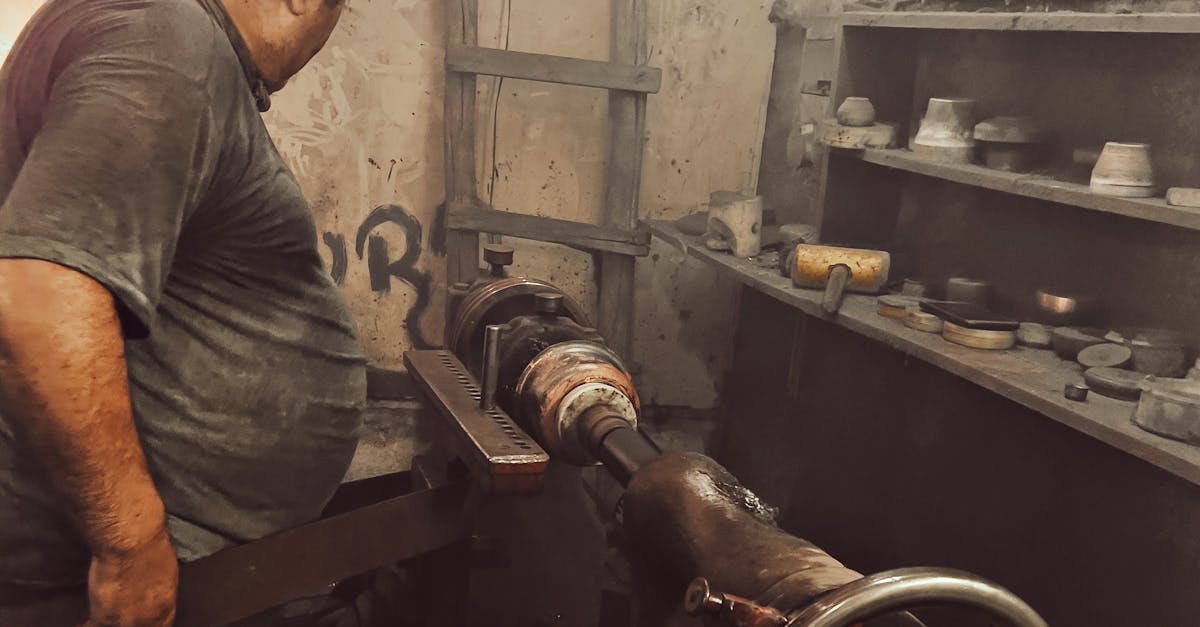
Table Of Contents
Environmental Considerations in Council Regulations
Local councils often impose regulations that reflect a growing concern for environmental sustainability in their jurisdictions. Recognising the potential impact of infrastructure projects, these regulations are designed to minimise disruption to local ecosystems. Measures may include restrictions on timing, specific techniques for pipe installation and repair, and requirements for assessments that evaluate adverse effects on flora and fauna. These considerations ensure that any installation aligns with broader environmental goals.
Additionally, councils frequently emphasise the importance of employing environmentally friendly materials and practices in pipe installation and repair. Regulations may specify the types of pipes that can be used, promoting options that reduce leakage or contamination of local waterways. Through these regulations, councils encourage developers and contractors to embrace technologies and methods that enhance both efficiency and environmental protection, fostering a sustainable approach to infrastructure development.
Protecting Local Ecosystems
Local councils play a crucial role in safeguarding ecosystems during pipe installation and repair projects. Regulations often dictate specific practices to minimise disruption to native habitats and waterways. These guidelines are designed to prevent sediment runoff and protect the habitats of local wildlife. Compliance with these regulations not only contributes to environmental conservation but also fosters better community relations.
Incorporating eco-friendly methodologies during pipe installation and repair helps mitigate the impact on surrounding flora and fauna. Utilising trenchless technologies can significantly reduce land disturbance, preserving vital ecosystems. Furthermore, careful planning and executing projects during specific seasons can enhance wildlife protection efforts. These strategies ensure that infrastructure development proceeds hand in hand with environmental responsibility.
How to Navigate Regulatory Changes
Navigating regulatory changes can be a daunting task for contractors involved in pipe installation and repair. Keeping abreast of new requirements is vital for compliance and project success. Local councils often issue announcements regarding amendments to regulations, which may include updates on permissible materials, installation techniques, or environmental guidelines. Regularly reviewing council websites or subscribing to newsletters is advisable for timely information.
Engaging with local industry groups can also provide valuable insights into navigating these changes. These groups often share experiences, resources, and advice on compliance strategies. In addition, attending workshops or seminars focused on local regulations can equip professionals with knowledge and tools to adapt to shifting requirements efficiently. Developing strong relationships with council representatives can further aid in understanding the nuanced implications of any regulatory updates impacting pipe installation and repair.
Staying Updated with Local Council Announcements
Local councils frequently adjust their regulations regarding pipe installation and repair, making it essential for contractors and property owners to remain informed about any changes. Regularly checking council websites, subscribing to newsletters, and attending community meetings can provide valuable insights into upcoming improvements, new initiatives, or changes in compliance requirements. Engaging with local representatives and participating in forums can also enhance awareness about evolving regulations and best practices that pertain to pipe installation and repair.
Social media platforms have become increasingly useful tools for keeping abreast of local council announcements. Many councils actively utilise these channels to disseminate information quickly, reaching a broader audience more effectively. By following relevant accounts and subscribing to notifications, stakeholders can receive timely updates that directly impact their projects. Understanding these communications helps ensure that pipe installation and repair operates within the framework of local guidelines, minimising risks and fostering community support.
Case Studies of Pipe Installation Compliance
Various local projects in Australia demonstrate the importance of compliance with council regulations during pipe installation and repair. One notable case involved a community initiative that aimed to upgrade ageing infrastructure in a regional town. Throughout the project, the team engaged closely with local authorities to ensure that all aspects of the installation adhered to environmental standards. This collaborative approach not only facilitated smoother operations but also fostered goodwill within the community, highlighting the benefits of working in harmony with local councils.
Another example comes from an urban development project in a metropolitan area where pipe installation and repair faced scrutiny due to potential impacts on local water quality. The developers conducted comprehensive assessments and worked diligently with environmental consultants to meet stringent council requirements. By documenting their processes and maintaining open lines of communication with regulators, they successfully completed the installation on schedule. This case underscores how effective compliance practices can significantly mitigate risks and enhance project outcomes.
Lessons Learned from Local Projects
Local projects have revealed valuable insights into the complexities of complying with council regulations surrounding pipe installation and repair. One significant lesson is the importance of early engagement with local authorities. Projects that initiated discussions before the planning phase often experienced fewer delays. Understanding specific requirements related to environmental implications led to better outcomes and smoother processes.
Another takeaway from these case studies is the need for thorough documentation during the installation phase. Keeping meticulous records of compliance with regulations can prevent misunderstandings and potential fines. Projects that prioritised clear documentation tended to navigate inspections with greater ease. This practice not only supports regulatory adherence but also fosters transparency between contractors and councils.
FAQS
What are local council regulations regarding pipe installation?
Local council regulations are rules and guidelines established by local authorities to govern the installation of pipes, ensuring compliance with safety, environmental, and community standards.
How do local council regulations protect ecosystems during pipe installation?
Local council regulations aim to minimise environmental impact by requiring assessments of potential harm to local ecosystems, enforcing measures to protect wildlife habitats, and ensuring sustainable practices are implemented.
What should I do to stay updated with regulatory changes in my area?
To stay updated with regulatory changes, regularly check your local council’s website, subscribe to their newsletters, and participate in community meetings or consultations where such matters are discussed.
Can non-compliance with local council regulations lead to penalties?
Yes, non-compliance with local council regulations can result in penalties, including fines, mandatory removal of improperly installed pipes, and potential legal action against the responsible parties.
What are some common lessons learned from local projects regarding pipe installation compliance?
Common lessons include the importance of thorough planning and consultation, understanding local regulations before starting a project, and maintaining open communication with council authorities to avoid issues during installation.
